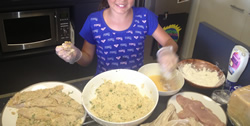 If your kids are anything like mine and i think most are, they are fussy eaters.
If your kids are anything like mine and i think most are, they are fussy eaters.
Until recently i threw out a lot of everything I cooked for my daughter, mostly, when I was trying to introduce her to different foods. She was stubborn when it came to trying something new, which I find strange because I am not a fussy eater nor is her mother? AND then I got Matt Preston’s “100 BEST RECIPES” for Christmas.
I cooked Jackeroo pie and Chicken Schnitzel and Coleslaw and she asked for more on both occasions. I believe the secret to getting around a fussy eater is to involve the kids in the cooking process. I was so impressed with the change in her eating habits that I contacted Matt and told him about it.
Matt sent the following message to all our dads online friends:
Few things give me more joy than cooking with kids. Few things also take longer to clean up but there’s no doubt that this is one way round the fussy eater in the family. What they’ve cooked, they tend to eat!
Matt Preston

Here is the recipe she likes the best so far…
Chicken Schnitzel and Coleslaw
- 2 large chicken fillets (cut in half length ways)
- 160g or 2 cups of fresh breadcrumbs
- 40g 1/3 cup of finely grated parmesan
- zest of a lemon
- 1/4 cup of finely chopped parsley
- freshly grounded black pepper
- 1 egg, beaten
- 125ml 1/2 cup of milk
- plain flour for dusting
- olive oil for frying pan
- 2 lemons cut into wedges to serve
Coleslaw
- 1/4 of a savoy cabbage
- 1 carrot shredded
- 1/2 red onion, thinly sliced
- 235g 1 cup good quality mayonnaise
- 1/2 bunch parsley leaves, washed and dried
- 40g 1/4 cup currents
To prepare the schnitzels, beat the chicken until flat between two pieces of plastic wrap. Mix the breadcrumbs with the parmesan, lemon zest, parsley and pepper. In another bowl, whisk together the egg and milk. Dust the chicken with flour, dip it in the egg wash and coat with the breadcrumb mix. Place in the fridge for 30 minutes to allow the breadcrumbs to set.
Meanwhile, to make the coleslaw, mix the cabbage, carrot and red onion in a medium bowl with enough mayonnaise to bind. Set aside for 20-30 minutes to soften.
Heat the oil in a shallow pan and cook schnitzels for 4-5 minutes on each side to golden. Drain well on paper towel. Keep your schnitzels warm while you cook all the fillets.
Toss the the coleslaw with the parsley and currants, pile onto plates with the schnitzels and serve.
Let us know how you go, You, your kids and guests will love them! We even play the “Masterchef” game and score the dish on – taste and plating up appearance 🙂 On this dish I got a 10 for taste and a 7.5 for appearance! I obviously have some work to do?

 Khaaliq Thomas is a professional photographer and custodial dad of 3 (recently divorced). For the past year he has been working on a photo documentary concentrating on single / custodial fathers households.
Khaaliq Thomas is a professional photographer and custodial dad of 3 (recently divorced). For the past year he has been working on a photo documentary concentrating on single / custodial fathers households.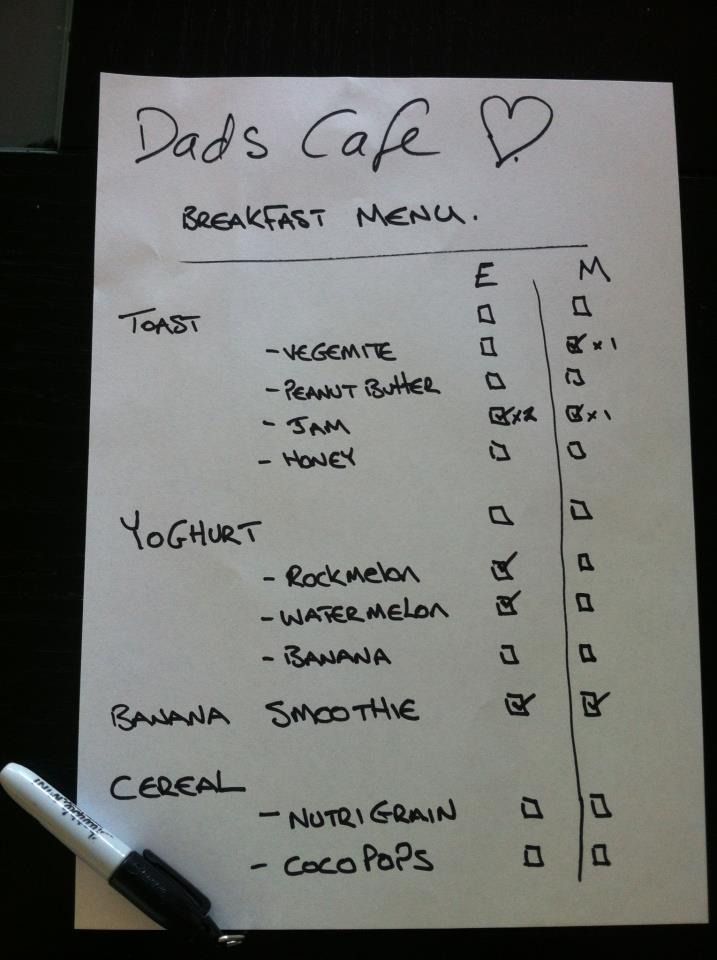
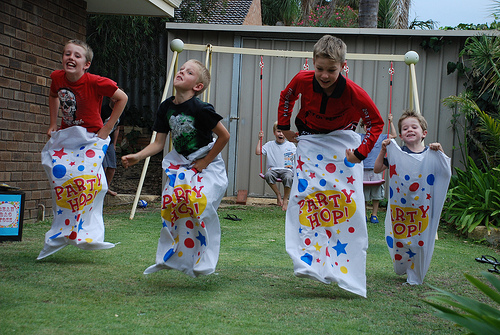
 Healthy self-esteem is like a child’s armor against the challenges of the world. Kids who know their strengths and weaknesses and feel good about themselves seem to have an easier time handling conflicts and resisting negative pressures. They tend to smile more readily and enjoy life. These kids are realistic and generally optimistic.
Healthy self-esteem is like a child’s armor against the challenges of the world. Kids who know their strengths and weaknesses and feel good about themselves seem to have an easier time handling conflicts and resisting negative pressures. They tend to smile more readily and enjoy life. These kids are realistic and generally optimistic. The hacking of mass accounts on a social network is something that seems to be happening a great deal recently, with LinkedIn being the latest victim, after having 6.5m of its users passwords stolen.
The hacking of mass accounts on a social network is something that seems to be happening a great deal recently, with LinkedIn being the latest victim, after having 6.5m of its users passwords stolen. All kids from young to teenagers need the basics of life – like food, warmth, shelter and clothing. But they also need to feel loved and secure. By giving our children all the things they need, we can help them be safe, strong and thrive.
All kids from young to teenagers need the basics of life – like food, warmth, shelter and clothing. But they also need to feel loved and secure. By giving our children all the things they need, we can help them be safe, strong and thrive. Children love stories about themselves – it helps them feel loved and important. You could make a scrapbook or even a cork pin-board that’s all about your child from the time they were born. Put all sorts of things in/on it, cork boards are a great way to display dreams and positive affirmations:
Children love stories about themselves – it helps them feel loved and important. You could make a scrapbook or even a cork pin-board that’s all about your child from the time they were born. Put all sorts of things in/on it, cork boards are a great way to display dreams and positive affirmations: I have always been concerned about my child being approached by a dangerous person. I cant imagine another instance that I would be more scared of? There was some research done in NSW that showed 95% of attacks on children are from people they know. Which also means we need to educate our kids on the safe places around them like shops, neighbours and who are the safe people in our lives.
I have always been concerned about my child being approached by a dangerous person. I cant imagine another instance that I would be more scared of? There was some research done in NSW that showed 95% of attacks on children are from people they know. Which also means we need to educate our kids on the safe places around them like shops, neighbours and who are the safe people in our lives. At some point in time it is going to be necessary to understand what’s happening to your daughter as she moves from being a girl to becoming a teenager and woman. Knowledge on these changes will help you stay connected and understand what she is experiencing. You will also not be left out of the conversations.
At some point in time it is going to be necessary to understand what’s happening to your daughter as she moves from being a girl to becoming a teenager and woman. Knowledge on these changes will help you stay connected and understand what she is experiencing. You will also not be left out of the conversations.
 When boys are growing up and there bodies start to change, they will have questions about these changes. Below is a response to a commonly asked question that may help you.
When boys are growing up and there bodies start to change, they will have questions about these changes. Below is a response to a commonly asked question that may help you. You will discover a whole new world of keeping in touch.
You will discover a whole new world of keeping in touch.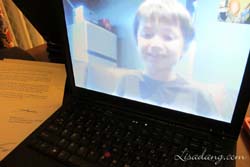
 Grab the kids to help you in the kitchen and make these yummy sausage rolls.
Grab the kids to help you in the kitchen and make these yummy sausage rolls.

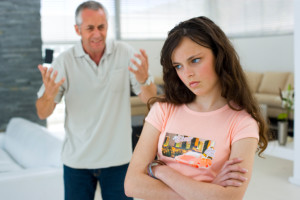





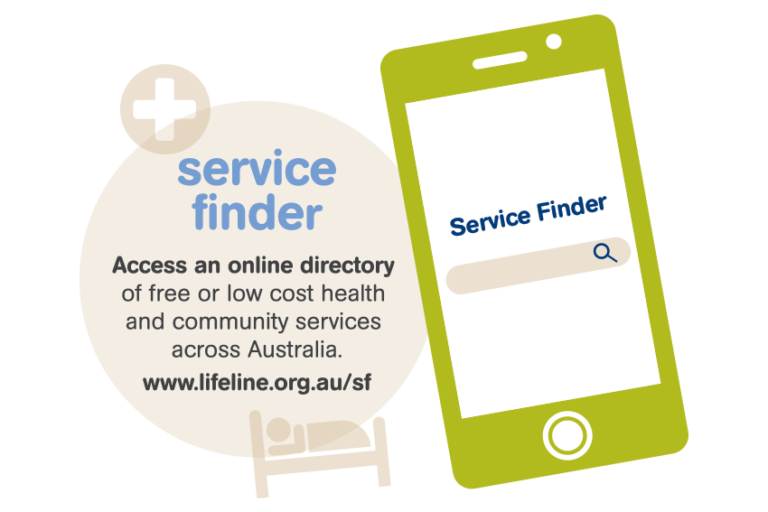
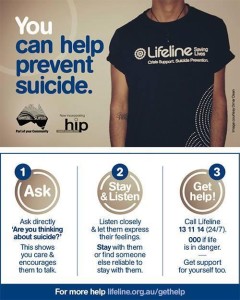
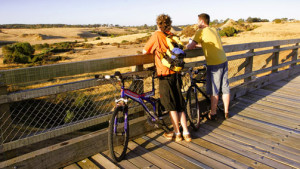




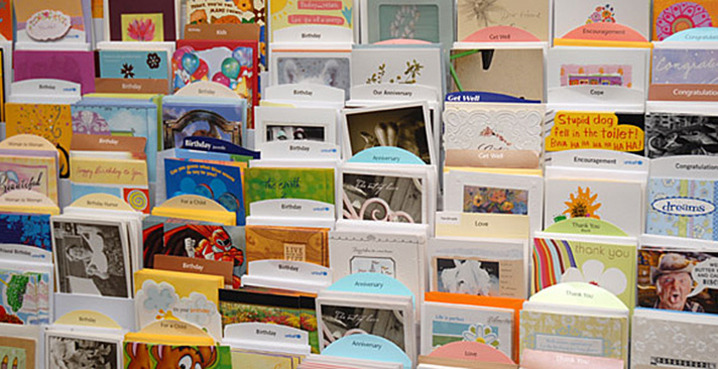

Recent comments